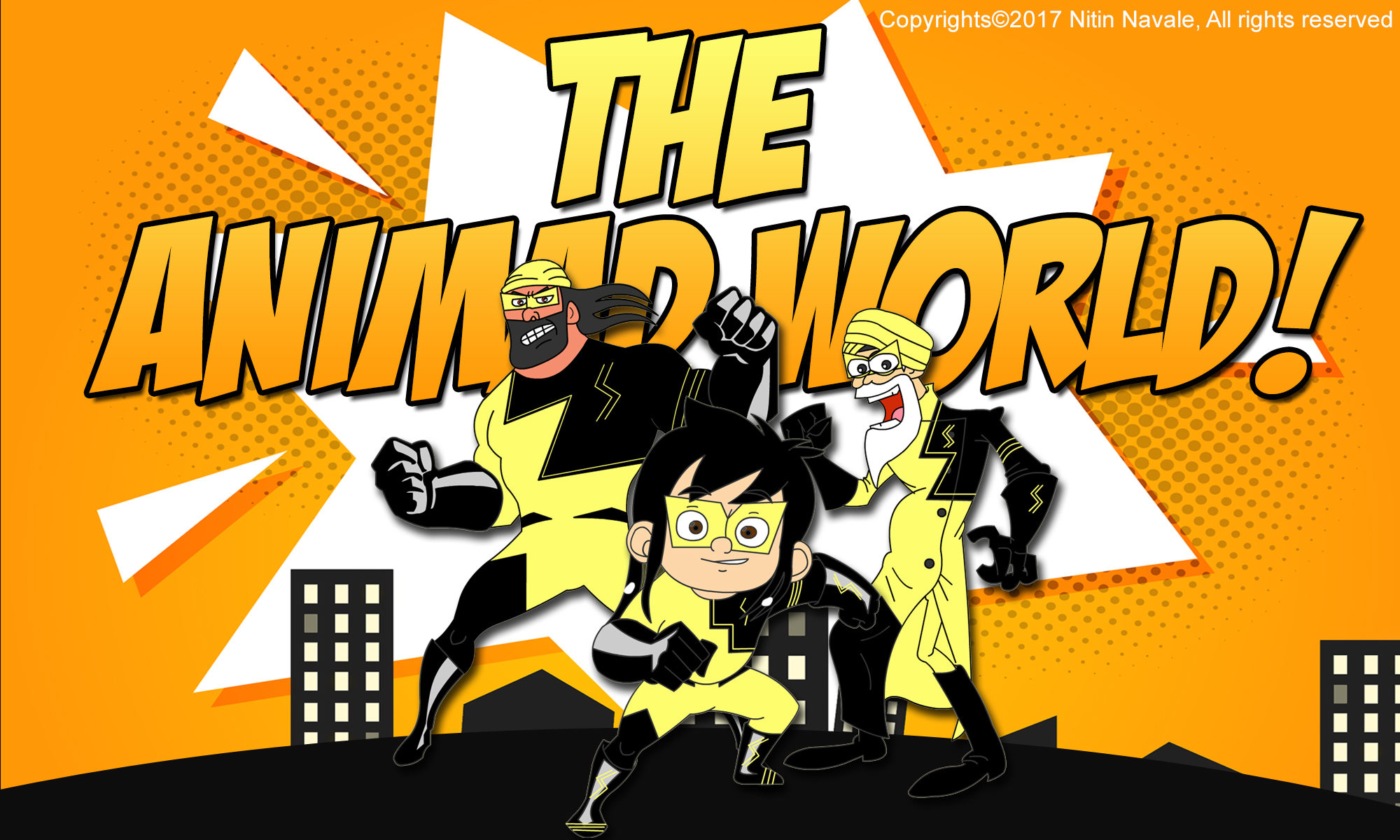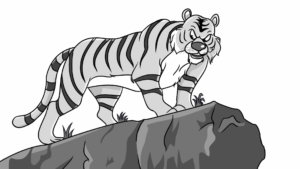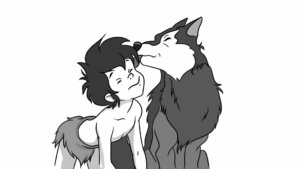Why did I start this blog?
Some time ago, I felt the urge to expand my knowledge about Indian Animation and was shocked to see that there is no single book available so far on this topic. So, I decided to write one, titled “Indian Animation and The Faults In Our Art.” But unfortunately, it didn’t get any publishing deal due to the nature of the subject. So instead of going to a self-publishing route, I thought of converting the content into this blog so that it can reach the maximum number of people for free, and I can always keep on updating it with changing times.
Now the vital question? Why did I write my unpublished book in the first place? Well, that’s because, over the years, I have witnessed that Indian Animation has not made enough progress to make a mark in this world.
You see, the animation is undoubtedly the most flexible form of film-making with the ability to go beyond the expected. But when it comes to India, we are still struggling to get the basics right, we are still struggling to understand the true potential of this medium, and most importantly, we are still struggling to embrace the art of animation.
And the most crucial question is, “Why?”
Why countries like the USA, Japan embraced this art and have managed to turn this medium into full-fledged family entertainment. Whereas in India, it is still looked down on as purely a children’s genre and is ignored by almost all adults. But more importantly, why don’t we shy away from investing our time and money into watching International films like Kung-fu Panda, The Incredibles, but won’t even think of walking into the theater to watch domestic Animated movies?. What makes Disney, Pixar, and Ghibli so successful. And what is that we need to adopt from them to grow and prosper in terms of art, style, commerce, and entertainment.
Through this series of articles, we will explore answers to all these questions and debunk the mysteries behind the success of western and Japanese animated films and the struggle behind our industry. With each chapter or article, we will look at some fundamental and deeply rooted faults in Indian content, things that have worked for us, and things that have led to the downward slope of the art of animation.
As an animator, as a writer, and more importantly, as an audience, my intention behind writing this book or blog is to help the budding generation of artists, industry professionals, and everyone interested in the medium to learn from our past, fix our present, and take a leap into the future. And hopefully, together, we can support our beloved art to earn a respectable place in the business of family entertainment.
When you read these articles, read them as if you are reading a book. I have divided the section into three major parts:
-The Past:
Here, we will witness the journey of Indian animation and what worked and did not work for us.
-The Present:
Here, we will analyze the current state of our art and the reasons for its downward curve.
-The Future:
Here, we will discuss the destiny of our art, and I will share some vital bits of advice for budding artists that will help them to thrive in this industry.
Each section has some interesting chapters mentioned below.
THE PAST: And the Story of our Art!
-Chapter One: The Brief History: And the rise and fall of Indian Animation.
In this chapter, we will shed some light on the journey of Indian animation, right from its inception in shadow forms to the silver screen, and learn about the people who contributed towards making this industry what it is today.
-Chapter Two: The Jungle Book: And what makes it the best show ever?
The Jungle Book is undoubtedly the most popular show in the history of Indian Animation. In this chapter, we will learn about its impact on our generation and what made it so successful.
-Chapter Three: Ramayana: And the struggle to release it.
Like the hugely popular Tv show Ramayana, the animated movie brought a revolution in Indian Animation. In this chapter, we will learn about the struggle behind making this movie and the sacrifices the creators of this movie made to release it.
-Chapter Four: Chhota Bheem: And what makes it so big?
Chhota Bheem is another household name, but have you ever wondered what makes it so big? In this chapter, Let’s look into the psychology of Chhota Bheem and reveal the secrets behinds its fame.
-Chapter Five: Hanuman: And the art of the appeal. Part 1.
This movie instantly made an impact on our viewers, and in these chapters, we are going to decode some of the secrets behind its success with the help of animation principles.
-Chapter Six: Hanuman: And the art of the appeal. Part 2.
This chapter will continue to explore fundamental animation principles that will help our readers to know the groundwork it takes to create these beautiful illusions of lives.
-Chapter Seven: Roadside Romeo: And what went wrong?
The stage was set for Roadside Romeo, and it was released with huge expectations, but unfortunately, everything went downhill. So in this chapter, we will explain what the makers of this should have learned from their famous movie DDLJ.
The Present: And the Faults in our Art!
-Chapter Eight: The Audience: What is an art without its audience?
And this chapter will focus on the roles our viewers can play to bring the change we want to see.
-Chapter Nine: The Story.
In the end, it all comes down to a story that can make or break the art. So in this chapter, we will learn about the fundamental issues with our storytelling and what we can do to improve it.
-Chapter Ten: The Sense of humor:
Animation and comedy go hand in hand, but for some reason, our shows seem to be deprived of humor. So let us learn some tricks and tips that could put a smile on our kid’s faces and know the secrets behind the funny business of western animation.
-Chapter Eleven: The Missing Link:
This mysterious ingredient is one major reason our animation lags in many aspects. If we can manage to implement it soon, we will have Indian animation spreading on the global stage.
-Chapter Twelve: The Copy of a Copy:
Another factor why Indian animation doesn’t hold high standards in the eyes of our adult audiences. So in the chapter, let us learn the art of stealing and implementing it wisely without getting caught.
-Chapter Thirteen: The Women Power:
When the whole world is advocating for equal opportunities. But animation still seems to catch up in this department despite the need for women’s participation has been more than ever before. So in this chapter, let us reflect on women’s working conditions in the animation industry and the need for their empowerment.
-Chapter Fourteen: The Budget:
This is one major hurdle keeping our art behind. So let’s have a look at some of the examples and see how much we really spend on animation as compared to Hollywood.
-Chapter Fifteen: The Right Education.
This is where the problems begin. So let us analyze the issue behind it.
The Future: And The Destiny of our Art
-Chapter Sixteen: STAY ANIMATED STAY MOTIVATED.
- The Passion.
- The Inspiration.
So here we go.
I will update this blog as and when possible, and soon, I will convert it into a free ebook. So do make sure to subscribe by filling the form below for tons of free content and, more importantly, helping our art leave a mark in the world of family entertainment.




 Adapted from Rudyard Kipling’s book and directed by Fumio Kuroka
Adapted from Rudyard Kipling’s book and directed by Fumio Kuroka


